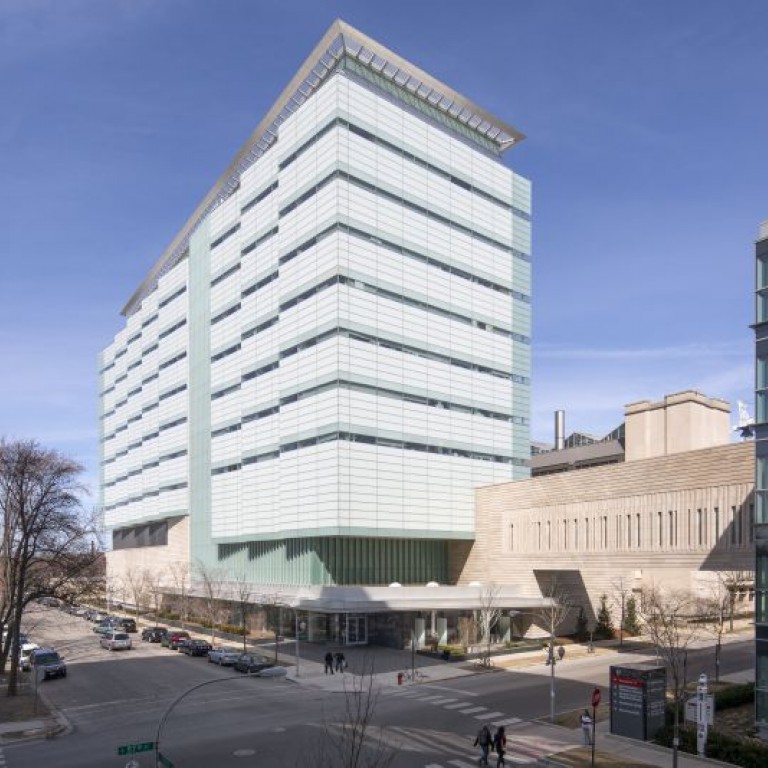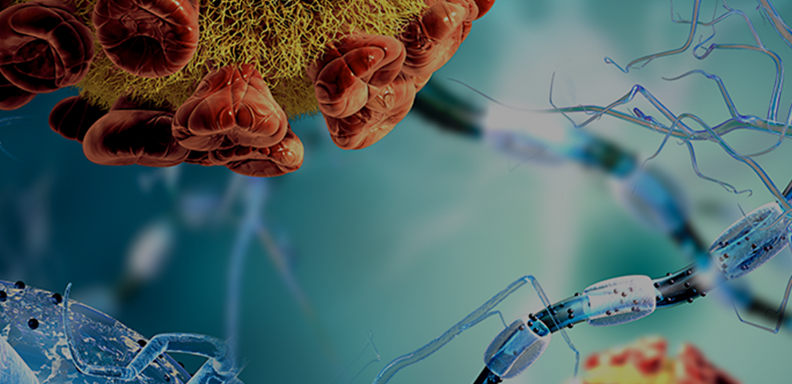From preventing disease to moderating mental health, scientists continue to discover more and more ways that a healthy gastrointestinal system contributes to overall health. Yet, much of the basic physiology of the intestines – how the organs and their parts function – remains a mystery.
One such function, the regeneration of the mucosal lining of the colon, protects the organ from toxins, antigens, and other foreign microorganisms invading it. The epithelial cells that make up the lining regenerate every four to five days in a process known as “epithelial morphogenesis.” When this process breaks down, the colon becomes leaky and inflamed and problems such as colitis and Crohn’s disease can occur.
Researchers at the University of Chicago set out to better understand this process. They found that the absence of a single gene, Mettl-14, in genetic mouse models led to the inability to effectively maintain epithelial morphogenesis. These models experienced severe intestinal inflammation, growth retardation, and eventually death.
The researchers demonstrated that the cause of these severe intestinal problems was the loss of Mettl-14 control of an obscure gene called GsdmC. Reintroducing GsdmC back to the colon eliminated the inflammation and returned the animals to health.
“We were surprised to find that one gene was so important to this process,” said Yan Chun Li, PhD, Associate Professor of Medicine at the University of Chicago and lead author of the study. “There could have been many, many targets for Mettl-14 that were key to this process, but this gene is so important that if you put it back, you rescue the entire animal.”
Results of the research, “N6-adenomethylation of GsdmC is essential for Lgr5+ stem cell survival to maintain normal colonic epithelial morphogenesis,” were published in Developmental Cell.
Identifying the key player
The researchers made this discovery while examining what role – if any – epitranscriptome RNA methylation plays in gut epithelial morphogenesis. RNA methylation regulates many biochemical processes within the body, including gene expression and DNA replication.
The team focused on N6-adenomethylation (m6A), the most common form of RNA methylation, and its methyltransferase core subunit Mettl-14. They began by developing a mouse model that lacked the Mettl-14 gene. These models were 40 percent smaller than a control group and had an 80 percent reduction in m6A. The animals developed severe colitis and had a high disease index, which measures weight loss, diarrhea, and lethargy, among other issues. Most died by 10 weeks.
Examination of the model’s intestines showed relatively normal small intestinal structures, but a very disorganized colonic epithelial structure. The researchers noted a dramatic reduction in goblet cells, which secrete mucus proteins found on the gut’s mucosal lining to protect the epithelium. Without the ability to properly regenerate the epithelial lining and to produce sufficient mucus, bacteria infiltrated the intestines, which led to inflammation and death.
The team next ran a series of RNA-sequencing assays to examine the effects of the missing Mettl-14 gene on intestinal stem cells (ISCs). They found a significant decrease in LGR5+ ISCs, which give rise to all epithelial cell types, and a corresponding rise in CLU+ stem cells, which typically have a very small presence. The models with large CLU+ populations had weaker, disorganized mucosal linings, again pointing to the effects of the Mettl-14 gene on morphogenesis.
Next, the researchers examined the causes behind the reduction of LGR5+ ISCs. They found that without the Mettl-14 gene, a pro-apoptosis pathway was open, leading to increased cell death. This pathway was allowed to open because the molecule that controls it, GsdmC transcripts, could not translate without the Mettl-14 gene. The researchers theorize that the GsdmC’s association with mitochondria may be the reason why its absence causes cell death. Without it, the integrity of mitochondria – which fuels all the cell’s biochemical reactions – diminishes. Mitochondrial breakdown releases key proteins, like cytochrome c, to activate the pro-apoptosis pathway that results in cell death, including the LGR5+ ISCs.
Together, these discoveries have begun to create a map of the physiology behind epithelial morphogenesis. Next, the researchers plan to further examine the GsdmC gene and the functions it serves within a cell, as well as its association with mitochondria. The team hopes that the information they uncover through their studies could one day lead to new treatments for intestinal disorders such as inflammatory bowel disease and colon cancer.
“Understanding the physiology behind these biological processes could lead to new drug targets that increase gut regeneration and cure diseases caused by inflammation,” Li said. “That’s why we study these basic questions, eventually they hopefully can be applied to cure disease”
Additional authors on the paper include Jie Du, Rajesh Sarkar, Yan Li, Lei He, Wenjun Kang, Wang Liao, Weicheng Liu, Tivoli Nguyen, Linda Zhang, Zifeng Deng, Urszula Dougherty, Sonia S. Kupfer, Mengjie Chen, Joel Pekow, Marc Bissonnette, and Chuan He of the University of Chicago. Du also has an appointed at Shanxi Medical School, China, and Liao has one at Hainan General Hospital, China.



